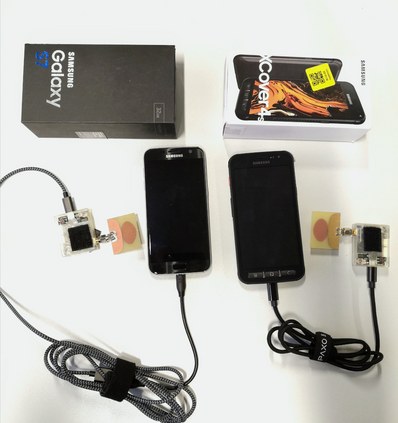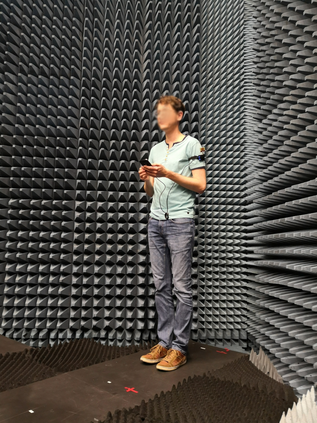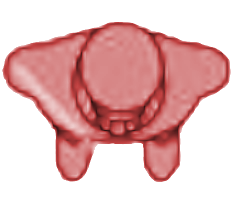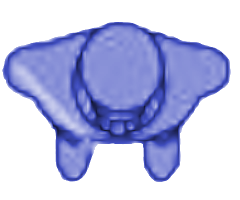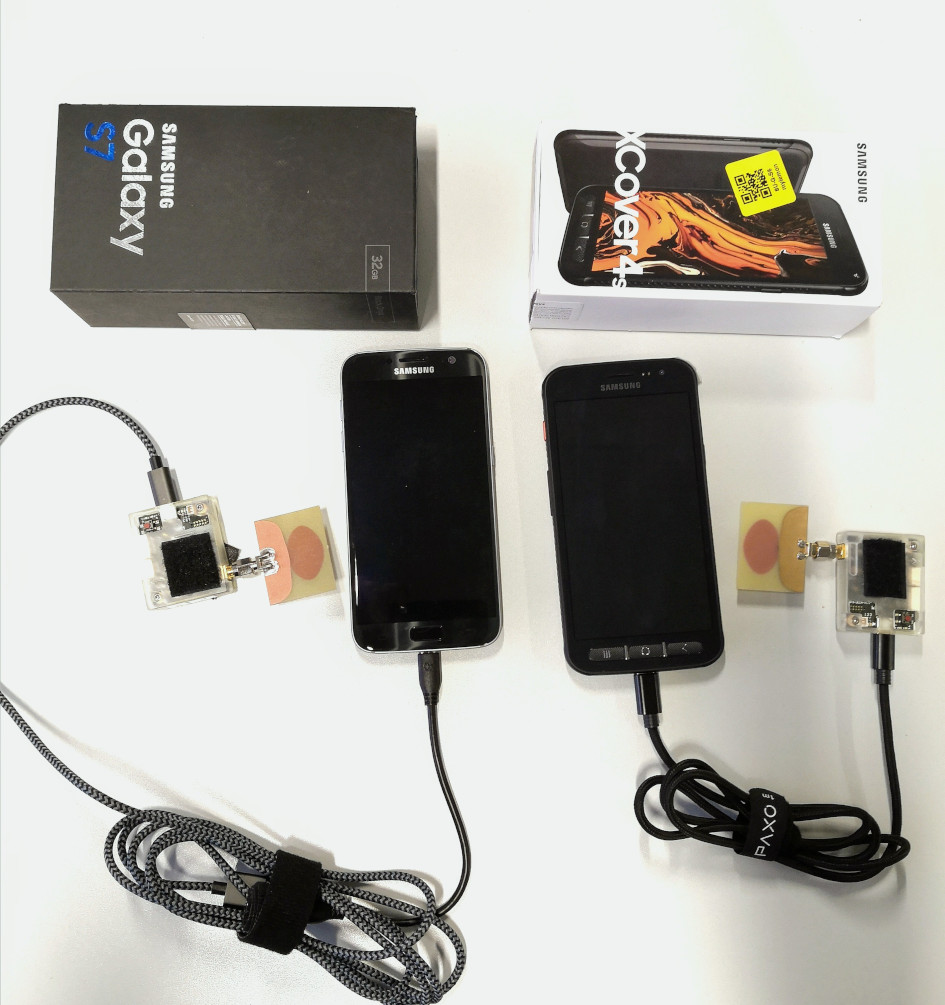Mobile contact tracing apps are -- in principle -- a perfect aid to condemn the human-to-human spread of an infectious disease such as COVID-19 due to the wide use of smartphones worldwide. Yet, the unknown accuracy of contact estimation by wireless technologies hinders the broad use. We address this challenge by conducting a measurement study with a custom testbed to show the benefits and limitations of Bluetooth Low Energy (BLE) in comparison to distance estimation by ultra-wideband (UWB). Our results confirm that BLE-based distance estimation is not sufficient in real scenarios where smartphones are shielded heavily by the users' bodies. Yet, multi-path signal propagation reduces the effect of body shielding. Finally, we demonstrate that UWB is more robust to the environment than BLE.
翻译:由于全世界广泛使用智能手机,移动联系追踪应用程序原则上是谴责COVID-19等传染病的人与人之间传播的完美辅助手段,然而,无线技术的接触估计的未知准确性妨碍了广泛使用。我们通过定制测试进行测量研究,以显示蓝牙低能相对于超广带距离估计的效益和局限性,以此应对这一挑战。我们的结果证实,在智能手机被用户身体大量屏蔽的真实情况下,基于BOW的距离估计是不够的。然而,多路信号的传播减少了人体屏蔽的效果。最后,我们证明,WWB对环境比对白外带更有利。

